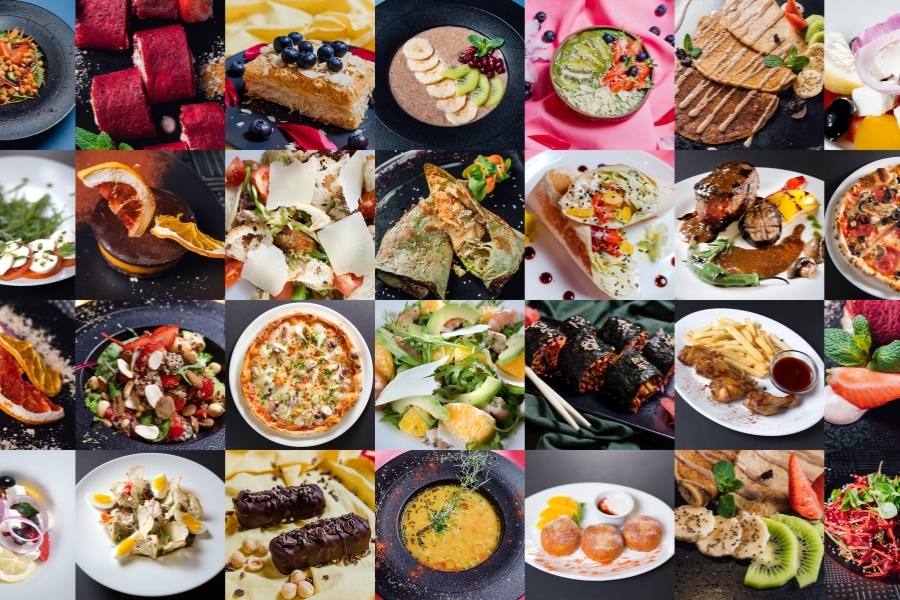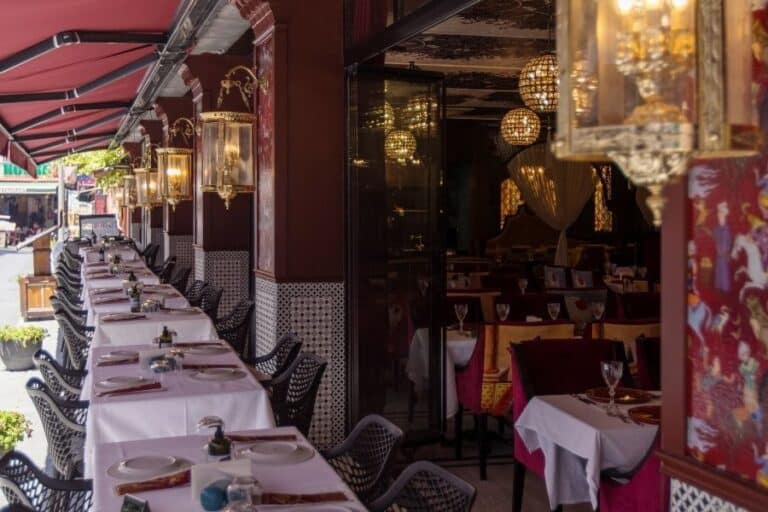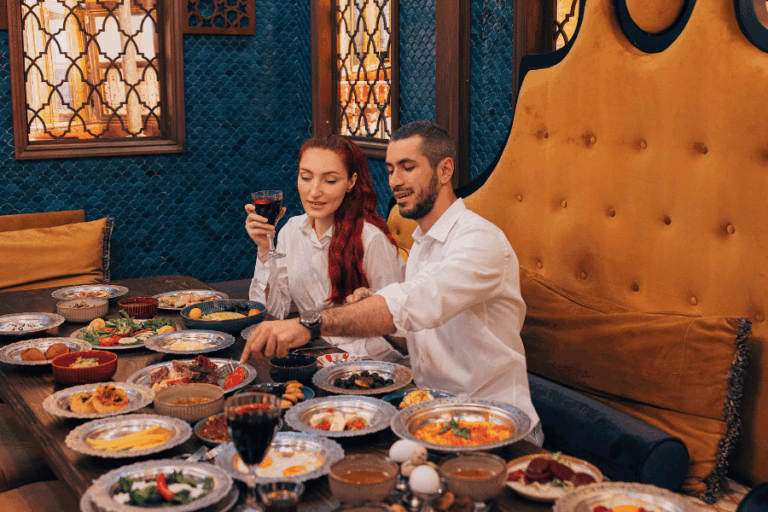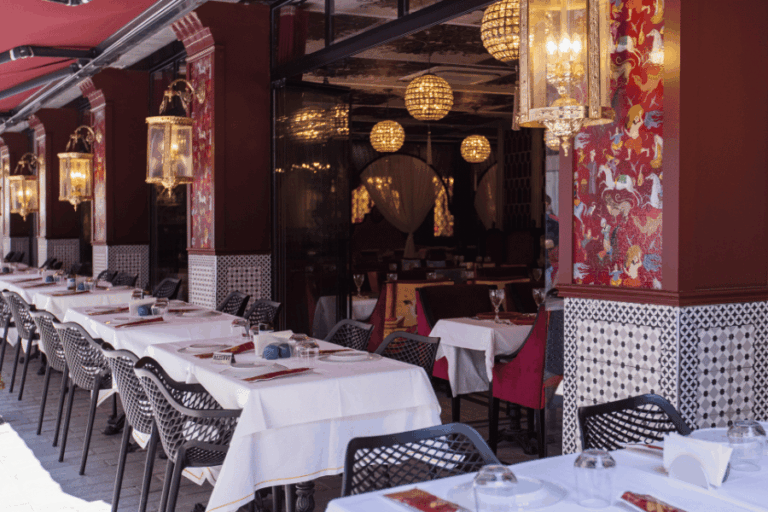Ottoman cuisine, renowned for its rich and diverse flavors, has historically placed significant emphasis on meat dishes. This blog explores the importance of meat in Ottoman culinary traditions and why it was a preferred choice.
Ottoman cuisine, a testament to the empire’s grandeur, is celebrated for its opulent and varied flavors, with meat playing a pivotal role. This culinary tradition, steeped in history, mirrors the empire’s diverse influences and its people’s connection to their land and beliefs.
Meat, more than just an ingredient, was a symbol of wealth, hospitality, and cultural identity in Ottoman society. It represented a culinary bridge between the nomadic roots of the Turks and the sophisticated tastes of the empire’s urban centers.
The Centrality of Meat in Ottoman Dishes
Meat, especially lamb and beef, was not just a staple but a cornerstone of Ottoman cooking. This deep-rooted preference was shaped by a confluence of factors: the nomadic heritage of the Turks, where meat was a primary sustenance; Islamic dietary principles emphasizing halal meat consumption; and the empire’s vast landscapes, conducive to extensive livestock farming.
These factors combined to elevate meat from a mere ingredient to a cultural emblem, symbolizing both tradition and prosperity. The Ottoman tables were a reflection of this culinary ethos, where meat dishes were often the highlight of feasts and celebrations, resonating with the empire’s grandeur and diversity.
Reasons for Meat’s Prominence
- Cultural Legacy: The heritage of the early Turkic tribes, rooted in a nomadic lifestyle, highly valued meat as a primary source of nutrition. This legacy ingrained a strong preference for meat in Ottoman culinary traditions.
- Religious Sanctity: Islamic dietary laws, emphasizing the consumption of halal meat, deeply influenced Ottoman cuisine. This religious aspect ensured that meat was not just food, but a reflection of spiritual adherence and respect.
- Geographical Bounty: The Ottoman Empire’s vast and varied terrain was perfectly suited for livestock farming. This geographical advantage made meat a bountiful and accessible resource, central to the empire’s culinary identity.
Examples of Ottoman Meat Dishes
- Kebabs – The Quintessence of Ottoman Flavors: Kebabs, like the succulent Iskender and fiery Adana, are more than just meat on a skewer; they are an art form, showcasing a variety of spices and grilling techniques unique to different regions of the empire.
- Stews and Casseroles – A Harmony of Aromas: Dishes such as Hünkar Beğendi embody the sophistication of Ottoman cuisine, where slow-cooked meats meld with rich sauces and a medley of vegetables, creating layers of flavor.
- Borek with Minced Meat – A Culinary Delight: This savory pastry, with its spiced meat encased in flaky dough, is a testament to the Ottoman skill in combining simple ingredients to create gastronomic masterpieces.
- Saray Sarma: A luxurious dish typically made with thinly sliced vegetables or meat, often stuffed with minced lamb. This dish is notable for its rich spices and unique presentation.
- Ali Pasha Pilaf: A fragrant rice dish enriched with lamb meat and various spices, revered in Ottoman palace cuisine. It’s known for its aromatic and hearty flavors.
These dishes further illustrate the richness and diversity of the Ottoman culinary tradition, showcasing a blend of intricate flavors and sophisticated cooking techniques.
In conclusion, meat dishes in Ottoman cuisine were not just about sustenance; they were a reflection of cultural, religious, and geographical influences. These dishes, with their complex flavors and preparation methods, continue to influence Turkish cuisine today.
In the concluding section of our blog on Ottoman meat dishes, we warmly invite our readers to experience these exquisite flavors at Deraliye Restaurant. Located in the heart of historical Istanbul, Deraliye is renowned for its authentic Ottoman cuisine, offering a tantalizing array of meat dishes that embody the richness and diversity of the empire’s culinary heritage. Whether you’re a history buff or a food enthusiast, a visit to Deraliye promises a delightful journey through the tastes and aromas of Ottoman palatial cooking. Join us at Deraliye to savor the best of Ottoman meat dishes in an ambiance that echoes the grandeur of a bygone era.








